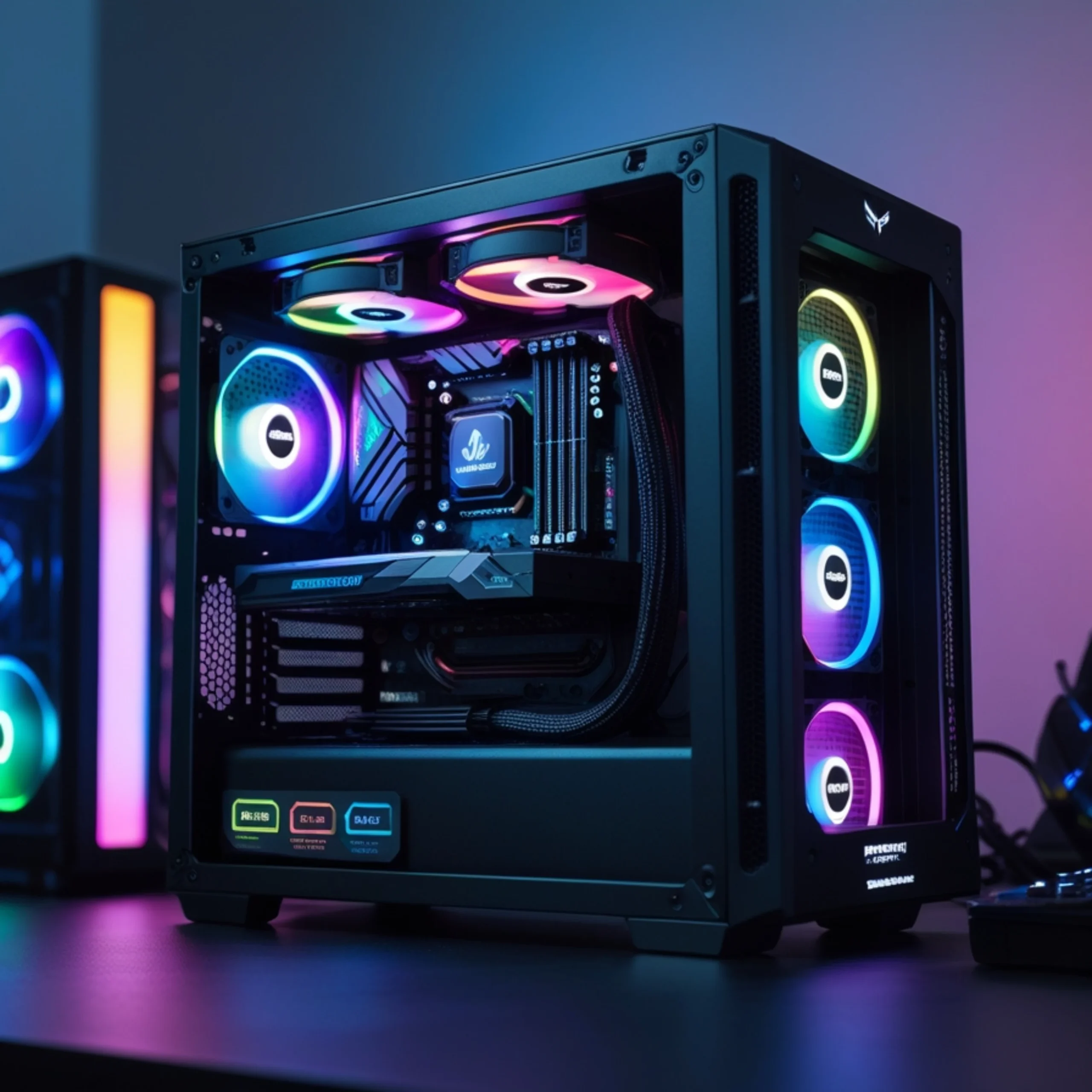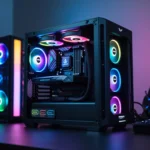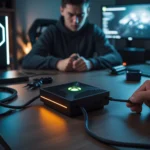What Even is a Switching Power Supply?
Alright, let’s cut to the chase. If you’re building a beastly gaming PC, editing 4K videos, or just maxing out your GPU with a 4090, you’ve probably heard the term switching power supply more than once. But what is it really?
A switching power supply (also called SMPS or switch-mode power supply) is the smart part of your PC’s power system. It takes power from the wall, converts it, and delivers exactly the right amount your PC hardware needs—quickly and efficiently. It uses an innovative electronic circuit that switches current on and off in quick succession in an effort to stabilize and regulate voltage.
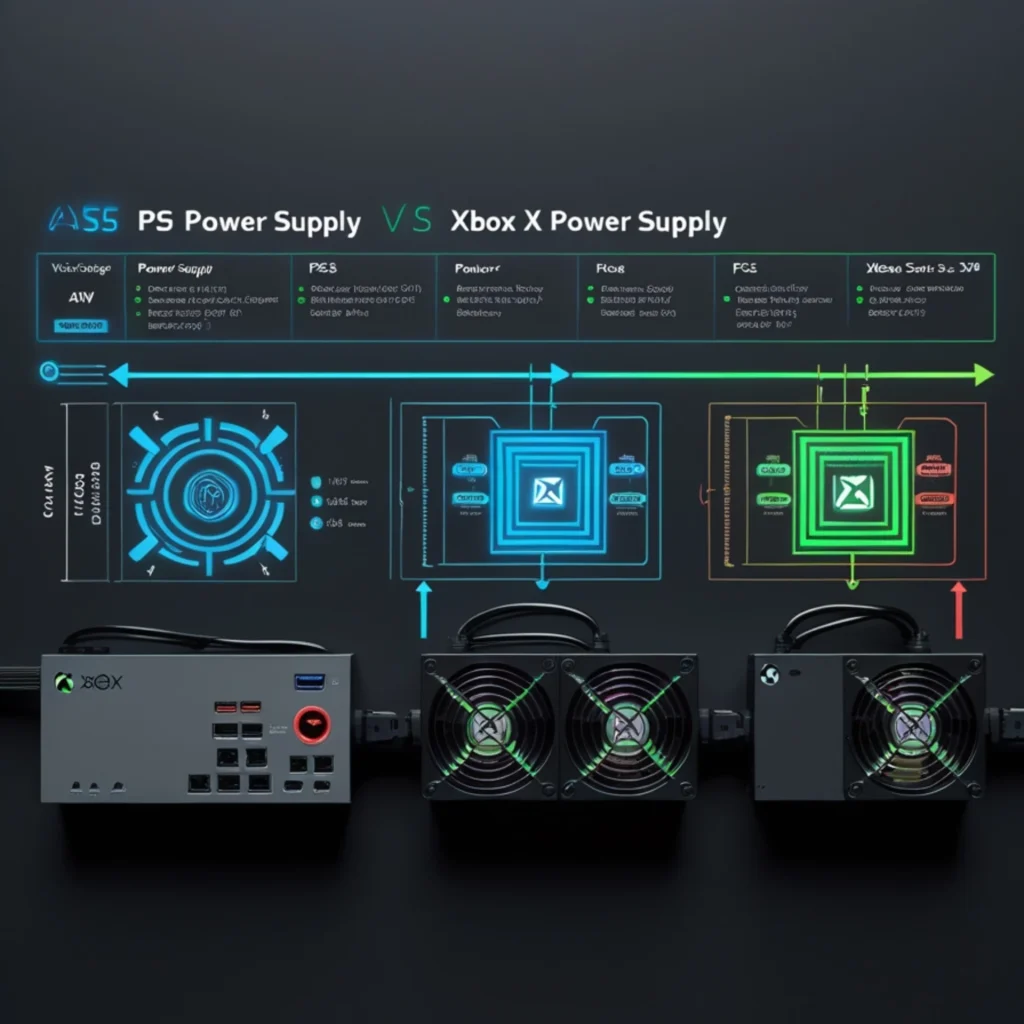
Reddit commenters will sometimes wonder why these power supplies are “switching.” That’s because the transistors (typically MOSFETs) within are switching on and off several thousand times per second. This is what makes them extremely efficient compared to older linear power supplies.
Why Should You Care?
You should care if:
- You’re dropping big bucks on a GPU like the RTX 4080 or 4090
- You want stable power for editing, streaming, or overclocking
- You’re sick of your PC overheating or shutting off randomly
The switching power supply ensures clean, efficient, and stable power. It’s a must-have for any powerful PC build.
Also, according to PSU teardown experts like Jonny Guru, a bad PSU can take your entire rig down. Don’t let your dream machine fall because of a $20 mistake.
How It Works
Consider a water faucet. A run-of-the-mill one simply shoots water out, and if it overflows, well that’s that. That’s a linear power supply—wasteful.
Consider a smart faucet that understands how much water your cup needs and turns off the moment it is full. That’s your switching power supply.
It turns power on and off super quickly (like, thousands of times per second), only taking what it requires. This keeps your PC cool and efficient.
It also uses things like transformers, capacitors, inductors, and most importantly MOSFETs. These transistors do the work of regulating the voltage exactly. Redditors typically ask: Why MOSFETs? Because they’re very fast, energy-efficient, and can handle heavy loads without thermal overload.
SMPS vs. Linear Power Supplies
| Feature | Switching Power Supply (SMPS) | Linear Power Supply |
|---|---|---|
| Efficiency | 80-90% | 40-60% |
| Heat | Low | High |
| Size | Compact | Bulky |
| Noise | Some (can be filtered) | Minimal |
| Ideal For | Gaming, Workstations, Servers | Simpler electronics |
Reddit discussions often highlight why audiophiles still love linear PSUs: less electrical noise. But for power and performance, SMPS wins in 99% of modern builds.
How to Choose the Right PSU Wattage (850W vs 1000W vs 1200W)
Selecting the proper PSU wattage is like sizing your engine for the car you’re building. Too low, and your system won’t start. Too high, and you’re just wasting power (and money). In this chapter, we explain if you’ll need an 850W, 1000W, or 1200W switching power supply—depending on your GPU (RTX 4080/4090), CPU, and if you’ll be overclocking or running dual GPUs. It’s all about balance, stability, and future-proofing your build in the smart way.
- 850W
Good for mid-to-high builds. Think RTX 4070/4080 with i7.
- 1000W
Sweet spot for RTX 4090 + Ryzen 9 or i9 combo. Future-proof.
- 1200W
Overclockers or dual-GPU maniacs. You know who you are.
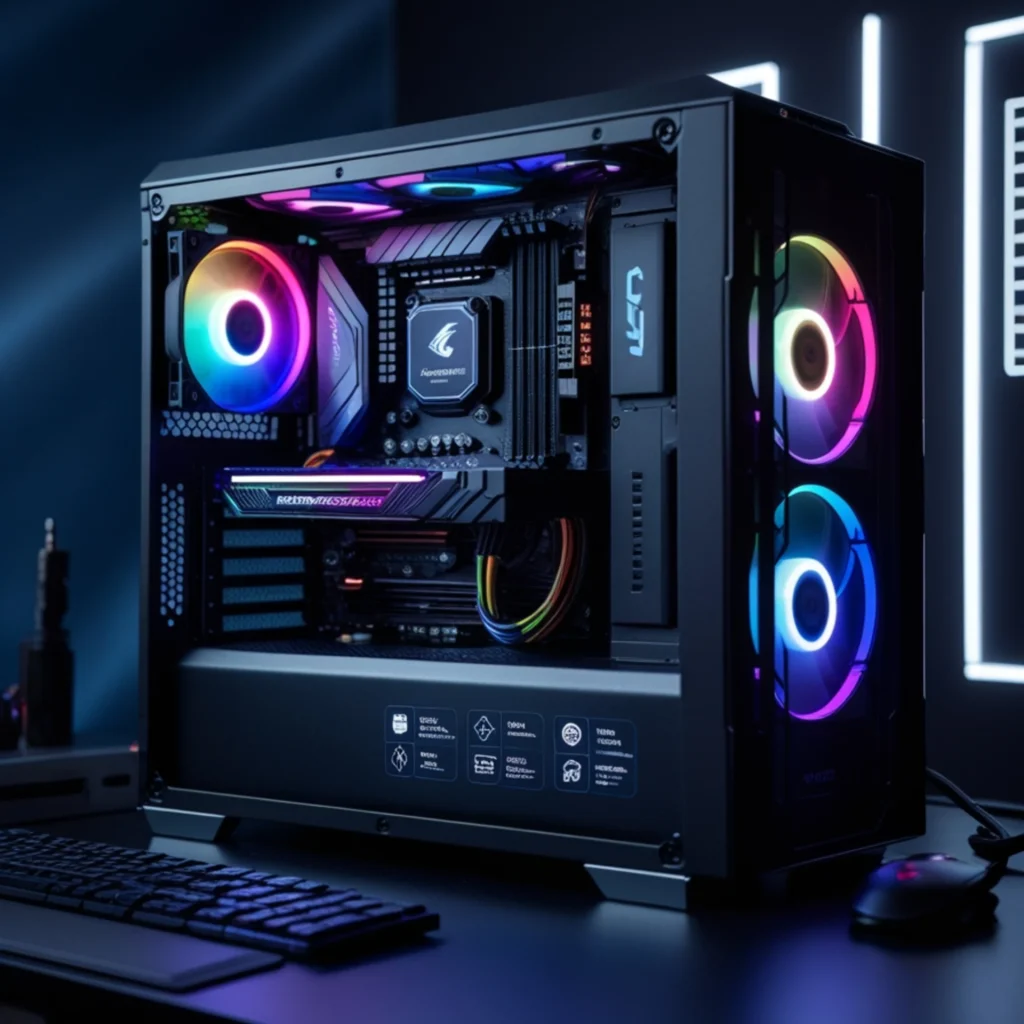
Tip: Look for 80 Plus Gold or Platinum certification. It means better energy savings and higher quality internals.
Read more about 1000w power supply click here
Why It Matters for You (Gamers, Creators, Tech Nerds)
- Gamers: Avoid lag spikes and crashes due to unstable power.
- Streamers/Editors: No more video corruption or blue screens mid-edit.
- DIY Builders: Build smaller, quieter, and more energy-efficient PCs.
Also, switching power supplies provide better voltage regulation. That means your system gets steady power even if your local electricity has spikes or dips. Redditors building in regions with unstable power often prefer SMPS for this very reason.
Watch Out for These SMPS Buying Mistakes
- Don’t cheap out on no-name brands.
- Avoid units without 80 Plus certification.
- Double-check compatibility with your GPU and CPU.
- Always read reviews (real ones, not just sponsored stuff).
Common SMPS Myths
- Myth: Bigger wattage = better.
- Truth: Get what you need, not more.
- Myth: All SMPS are noisy.
- Truth: High-end models have quiet or even fanless modes.
- Myth: SMPS causes damage to parts.
- Truth: Only if it’s cheap or faulty. Quality matters.
- Myth: You should build your own SMPS for better results.
- Truth: Unless you’re designing for a niche use case, pre-built modules are safer, cheaper, and way more reliable.
FAQs About Switching Power Supply
It converts high-voltage AC from your wall into lower-voltage DC that your PC parts can safely use.
Yes! Especially if you’re running powerful GPUs or CPUs. It ensures safe and efficient power delivery.
Not if you’re running something like an RTX 4090 or overclocking. It gives room to upgrade.
Yes, like all electronics. Stick to trusted brands like Corsair, Seasonic, or EVGA to reduce risk.
Most modern ATX PSUs are switching types. If it has 80 Plus certification, it definitely is.
Absolutely. Their high efficiency means less power waste, lower heat, and lower energy costs over time.
That switch toggles voltage input (115V/230V). Modern PSUs are auto-switching, but older ones need manual adjustment.
Usually between 50kHz to 500kHz depending on the model. Higher frequencies mean smaller transformers and more compact designs.
Final Thoughts: Make the Smart Switch
Choosing the right switching power supply is not the glamorous part of the build, but it’s the foundation of your entire build. Whether you’re video editing, gaming with AAA games, or just not wanting your expensive gear to explode—that little box is a huge performer.
So, the next time you’re speccing out your dream PC, give your PSU some love. Your GPU and your future self will thank you.
Written by: Your PC-building buddy from UHuuD.com
Want PSU suggestions for your 4080/4090 build? Drop a comment below or check out our PSU buying guide next!
